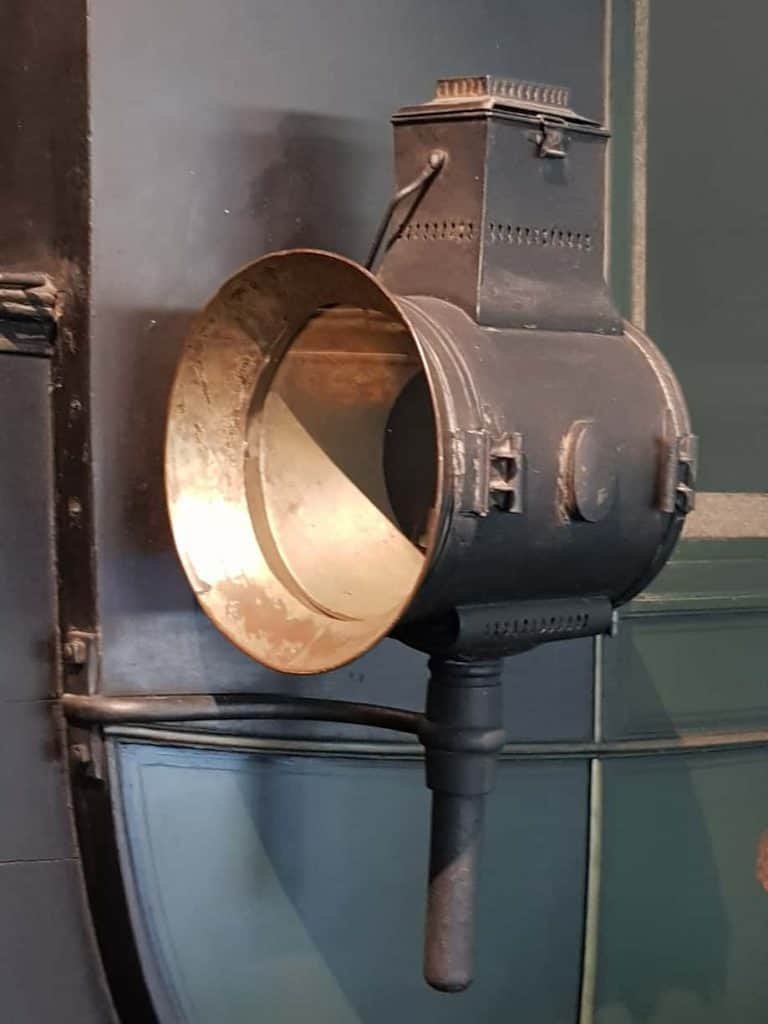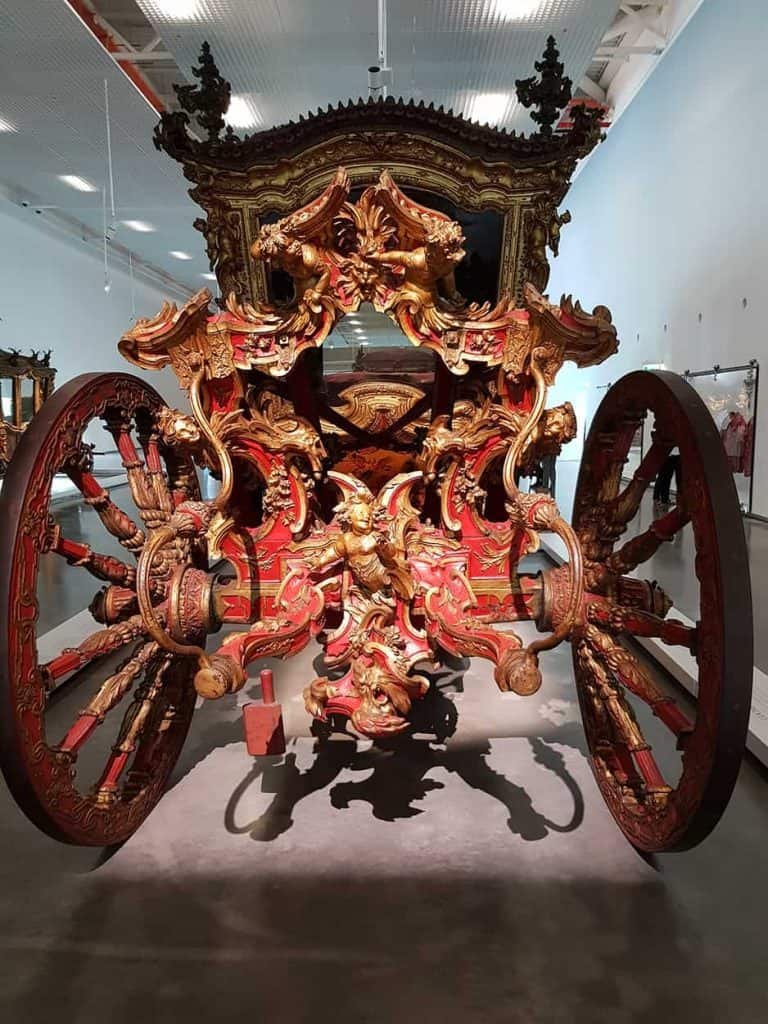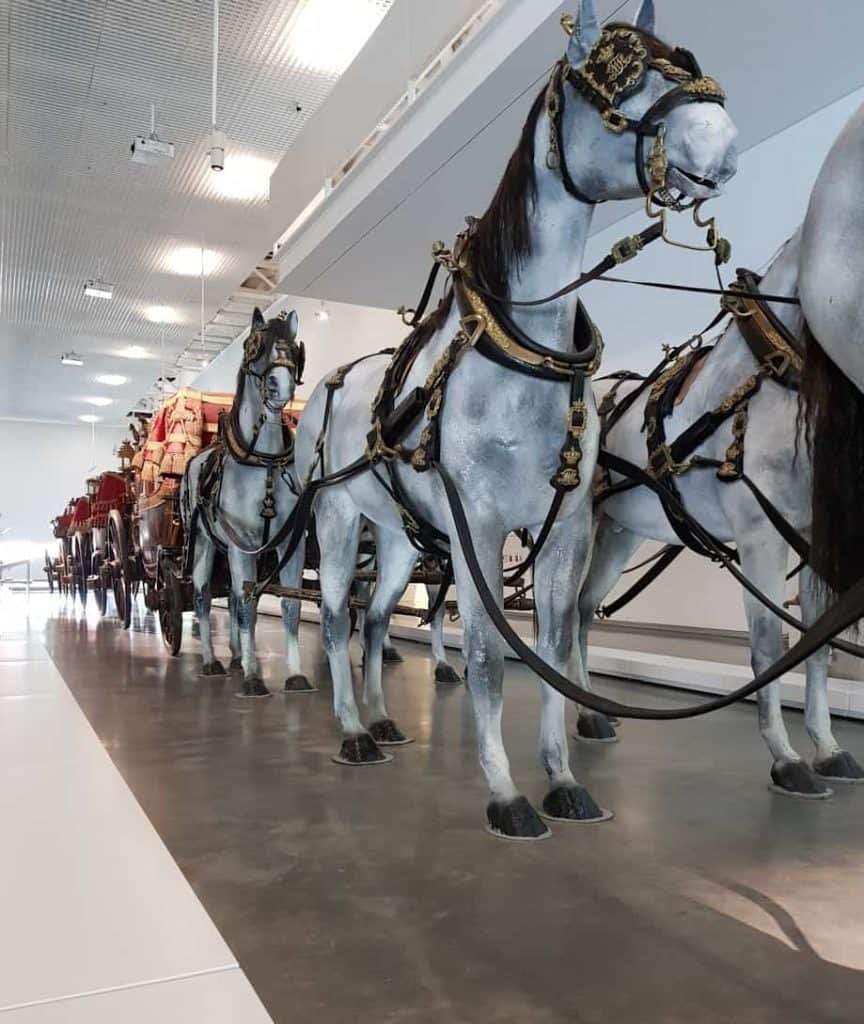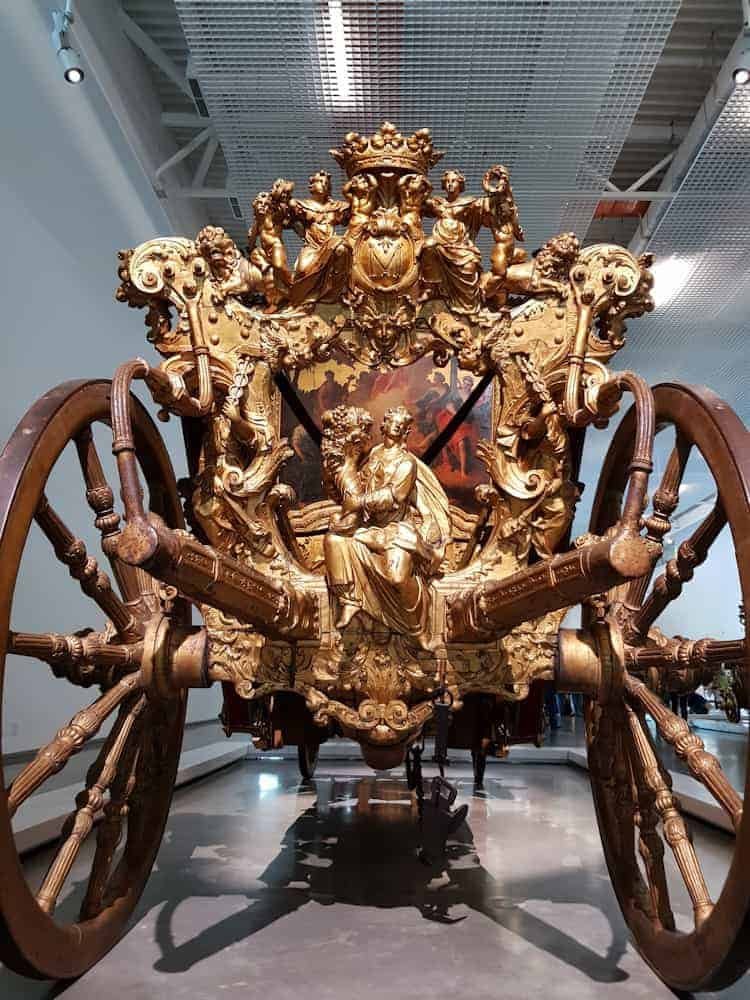
Saint Mary of Bethlehem It is one of the largest parishes in Lisbon and the most western one, along with Algés, another neighborhood in the municipality of Oeiras. Before you get confused about these classifications, here is a brief explanation: Portugal is divided into districts (each has a district capital), each district has municipalities (for example, the municipality of Lisbon) and each municipality has several parishes. The parish of Algés already belongs to the council of Oeiras, that is, it is an area bordering Lisbon. Given these explanations, we will return to Belém.
Why is Belém so well known?
The parish of Belém is one of the most visited in Lisbon, both by tourists and by Lisbon residents themselves. I think it is, possibly after Expo and Chiado, one of the most visited because it has many things to see and do, you can take a walk along the river, ride a bike or go see an exhibition. Once again, the best-known part and worth visiting is the area next to the river. It's flat and you can walk the whole way. Let's start with the part closest to Alcântara. In the previous article I told you about Lx Factory and it is by walking along Avenida da India that you reach the National Cordage, a building ordered to be built in 1771 by the Marquis of Pombal and which was intended for the production of cables, sails, ropes and various equipment for the ships of the time. This building is nowadays used for exhibitions so depending on when you visit Lisbon, who knows, there might be something interesting to see. Take a look to see what's going on. Continuing along this same avenue, right next to the river, you will find another very recent building designed by Brazilian architect Paulo Mendes da Rocha – the Coach Museum. But before talking about this museum, which I really recommend visiting, let me remind you how you get here. Remember the 728 bus that I mentioned in a previous article. Well, that's the one. It leaves Portela de Sacavém, passes through Expo, Baixa, Santos, Alcântara and finally Belém and Restelo (which is a neighborhood in this parish). This is the bus you should take. There are other buses, as well as tram 15, but they all take longer because they don't follow exactly the same route. Now moving on to the museum, it is beautiful, it depicts the coaches used by the royal family (and beyond) and, in my opinion, it deserves a visit. It is spacious and modern because it is now in a new building. It took a while to open, but now it's all over.

The interior of the Coach Museum





The Belém area has several monuments that appear on tourist routes, but the area itself is also interesting because you can do everything on foot. It has gardens and many cafes to sit and have something to replenish your energy. First, we have the Belém Palace, which cannot be visited freely due to the President of the Republic's schedule, but which has guided tours on Saturday mornings and afternoons. Find out more at Presidency Museum which is right next door.
Belém pastries

Then we entered an area of cafes and shops. This is where the famous people meet Belém Pastries. This century-old house sells the best-known pastéis de nata (which are called Belém here) and is essentially a pastry shop like so many others in Lisbon. What changes then? They have been producing these well-known cakes in Portugal since 1837 and the space itself is beautiful and large. But the truth is that they are not the only ones. This cake is super popular and there are custard tarts everywhere. It is the right size to accompany a coffee and the cream is very tasty. To be a great pastry, the dough must be crispy and the cream on top must be slightly burnt. That's how I like them. Warm even better, but really just a little hint of heat. Finally, there are those who like to sprinkle with cinnamon and powdered sugar. The cinnamon gives it an interesting flavor, but I do without the sugar because the cream is already sweet in itself. And it is in the midst of this explanation that the question arises: are Belém pastries really the best in Lisbon? It depends, I would say. On the one hand, yes, they are great and fresh because they are always coming out, the space is traditional and beautiful. But they are not unique. Everyone makes these pastries and I personally don't stand in line just to eat a pastry in Belém. But for a tourist who has never eaten and wants to sit in the centuries-old café full of history, then it's worth trying to find a table and enjoy this treat. . Or several treats with a nice coffee.
The Jerónimos Monastery and the Belém Tower

A little further on come two of Lisbon's best-known monuments. Talking about them would be an article in itself, but now I just want to continue “brushing” each parish. O Jerónimos Monastery is a huge building from 1496 built by D. Manuel I and was later donated to the monks of Order of Saint Jerome, hence its name. In 1983 he was recognized as Cultural Heritage of all Humanity, for the UNESCO. I recommend visiting this Manueline architectural style church, as it is imposing and grand. There is only one drawback: the queues. So plan your day well. If there are a lot of people you can continue a little longer and ahead there is a museum that goes a little unnoticed: the Navy Museum. At your side you have the Calouste Gulbenkian Planetarium if you want to fall in love with the stars and other galaxies and right in front of the Belém Cultural Center. This building is much more recent and immediately attracts attention. When it was inaugurated, it caused a lot of controversy not only because of its size, but also because of its somewhat Arab style of construction. Nowadays, it doesn't bother me much anymore and I think it even fits in with the rest. It has a museum, concert halls and some shops. I recommend going to the café terrace (access is free) and admire the view of the bridge from this area. Then leave here and cross the train line through the underground passage and go take photos at the Monument to the Discoveries.

This monument from 1940 (with subsequent changes to its structure in 1960) symbolizes the era of Portuguese discoveries. It is almost imperative for tourists to go to Jerónimos Monastery and then come and walk over the world in a huge compass rose made entirely of marble of different colors that is on the ground in front of the monument. There you can discover the sea paths followed by Portuguese navigators and take lots of photos. The mix of the view of the river, the bridge and the Monument to the Discoveries It is very special. You can go up for a better view, but in my opinion I'm heading to the next and final stop – the Belém Tower – or it isn’t Lisbon’s most iconic postcard.

There's not much to visit, let's be honest, but then there's something that really leaves a mark on the hearts of visitors. I love going there. The view is fantastic, the sunset will remain in your memory and it almost gives you that idea “yes I'm in Lisbon, look at me here” every time you take a photo. It is this simplicity of the monument with the splendor of the landscape that results in the perfect combination. A Belém Tower was built between 1514 and 1520 to defend the Lisbon bar by D. Manuel I. Currently, it offers a small museum and it is possible to enter, but I highly recommend a visit to the museums I mentioned previously – I highlight in particular the Ajuda Palace and the Tile Museum for example. Adjacent to Belém Tower there is the Monument to the Ultramar Combatants which was opened in January 1994 and pays tribute to those who fought and died in the Ultramar war between 1961 and 1974.
The rest of the parish
Apart from this strip next to the Tagus River, the parish of Belém is a more distinct area in residential terms. Restelo is a chic neighborhood in Lisbon, or rather, it has a huge number of houses that are currently home to numerous embassies, with lots of green space and wide streets. The part most close to Ajuda is the buildings, but it remains a pleasant and calm area. If you want to eat something quick in a slightly different space and escape mass tourism, go to Algés, which is the next neighborhood and where the 15 tram line ends. Algés Market where you can enjoy a meal or a coffee in a modern space. In this same area of Algés there are also several restaurant and cafe options. All away from the frenzy of Belém. Then just take the 15 back to the center.